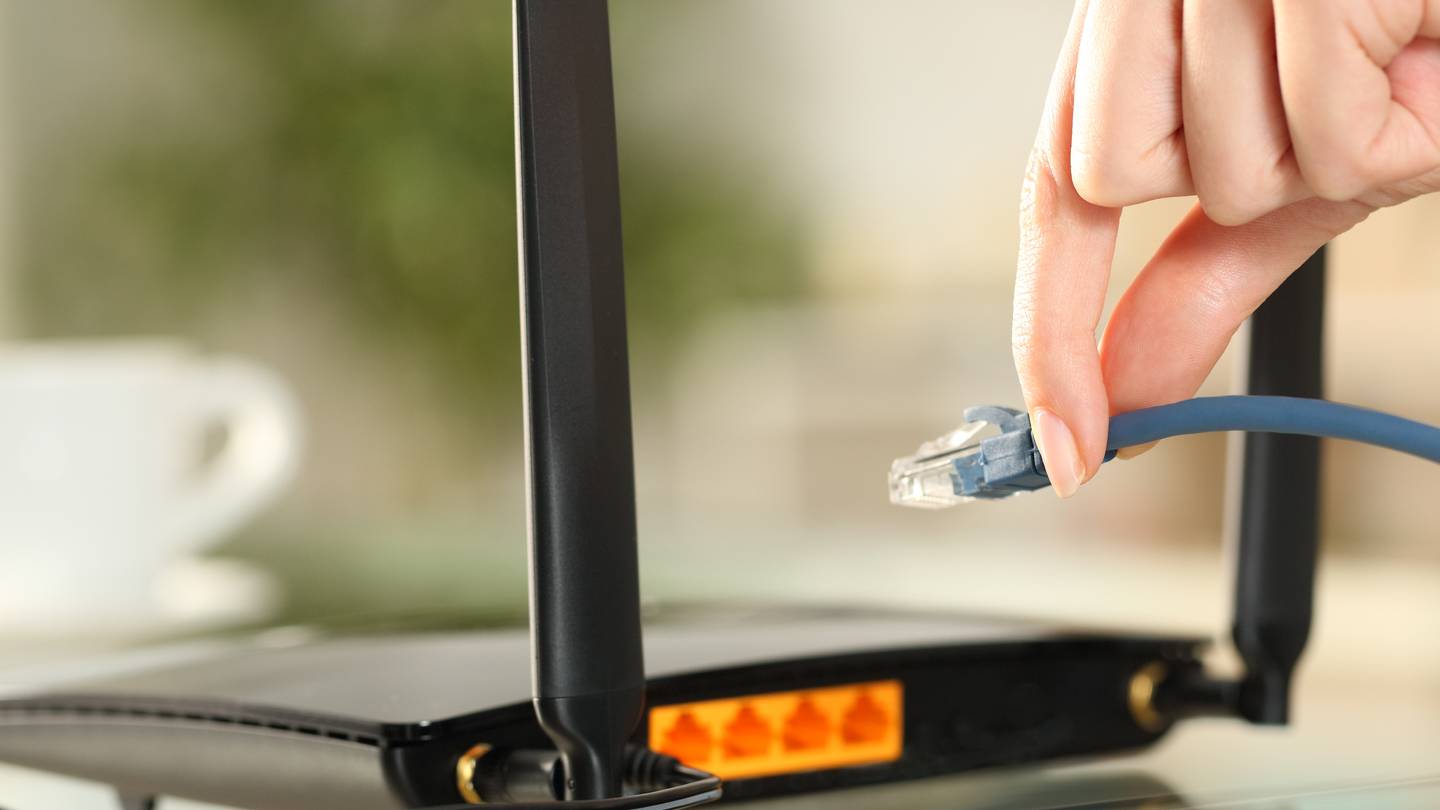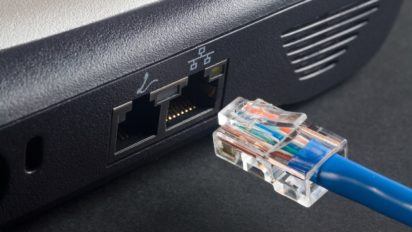Much like Bluetooth and Wi-Fi or Mbps and MBps, Ethernet and internet are two terms that are commonly used (and misused) when it comes to talking about broadband. Ethernet and internet are sometimes referred to interchangeably. However, they are, in fact, very different aspects of your broadband network.
It’s important to know the difference between Ethernet and internet so that you can take advantage of the security and speed features of each.
Is Ethernet the same as internet?
No. Though you may hear these two terms used when referring to internet access, they are actually two very different concepts. The easiest way to remember the difference is that the internet is worldwide, and Ethernet is local. Likewise, the internet connects to a Wide Area Network, also known as a WAN, while the Ethernet connects to a Local Area Network, a.k.a. a LAN.
What is Ethernet?
Ethernet is a term for a local area network (LAN). A LAN is made up of two or more devices connected within a physical location. For example, if you work in an office, all the computers within the building are likely connected to a LAN.
Within your home, your cellphone, tablet, computer and any other devices that connect to your modem and router using the same IP address are also considered a LAN.
What is internet?
Internet is the term for the worldwide network (WAN) that connects all computer systems.
“The internet is a global network of computers that works much like the postal system, only at sub-second speeds. Just as the postal service enables people to send one another envelopes containing messages, the internet enables computers to send one another small packets of digital data,” according to the BBC.
When to use Ethernet vs. internet?
Now that you recognize the difference between Ethernet and internet, let’s find out when to use one or the other, or both.
When should I use Ethernet?
- When you need the fastest download and upload speeds possible
- When you want to reduce latency, such as when playing real-time multiplayer games
- When you want a higher level of security
- When a Wi-Fi signal is not available
When should I use internet?
- When you need more connectivity between more than one physical location
- When using Wi-Fi across locations is a must, such as sending data between tablets or laptops that are in different locations
- When greater connectivity is more essential than speed and security
By now, you might have noticed that there is some crossover in Ethernet and internet usage. This is probably why the terms are often confused. So, to dive a little deeper, it’s important to understand that you CAN use Ethernet and internet at the same time. However, you can also use Ethernet WITHOUT internet, and vice versa. Let’s explore these scenarios below.
Using Ethernet without internet
It is possible to have a connected system in which your devices can communicate with each other, but not with the broader internet. This set-up might be useful in a situation where security is paramount, such as a small office where you want computers, printers and other accessories to transfer data between each other, but without using the internet.
Using Ethernet and internet at the same time
Keeping with our office example, say we have a single office location that is using a LAN. Now, what if another office location opens across town, and both offices need to communicate with each other? This is where the Wide Area Network, i.e. the internet, comes into play.
Put another way, “a wide area network (WAN) connection allows devices to connect over a wide geographic area without utilizing public internet. Without a WAN, information can only travel within the local area network (LAN), such as in one office. For businesses wanting to collaborate across multiple locations, a WAN is essential, according to Biztech.
Using internet without Ethernet
Can you connect to a Wide Area Network (internet) without first connecting to a Local Area Network (Ethernet)? Sure. If you are only using one device at your location, then technically, you do not have a LAN since a LAN consists of at least two devices. Another example of using internet without Ethernet is public Wi-Fi hotspots. For example, if you are connecting your cellphone or tablet to the Wi-Fi at your local coffee shop, then you are using the internet without Ethernet.
Written by:
Lisa IscrupeWriter, Broadband & Data Content
Lisa uses years of experience in sales and customer service for internet-TV providers to inform her writing on broadband. Her work has been referenced by CNN and other national sources.
In Lisa’s Words: Ever…
Read more
Edited by:
Shannon UllmanEditor, Broadband Content
-
Featured
![Ethernet cable speed categories explained]() Ethernet cable speed categories explained Camryn Smith — 5 min read
Ethernet cable speed categories explained Camryn Smith — 5 min read -
Featured
![What is Wi-Fi? Learn the basics of this service]() What is Wi-Fi? Learn the basics of this service Taylor Gadsden — 5 min read
What is Wi-Fi? Learn the basics of this service Taylor Gadsden — 5 min read -
Featured
![Step-by-step guide on how to set up a VPN]() Step-by-step guide on how to set up a VPN Taylor Gadsden — 4 min read
Step-by-step guide on how to set up a VPN Taylor Gadsden — 4 min read
Latest
-
Wednesday, April 24, 2024
Why do you need an Optical Terminal Network?Taylor Gadsden — 2 min read
-
Tuesday, April 23, 2024
Worried about losing your TV signal? This is how to keep your satellite dish cleanDavid Anders — 6 min read
-
Tuesday, April 23, 2024
How to change your Wi-Fi network passwordCamryn Smith — 2 min read





